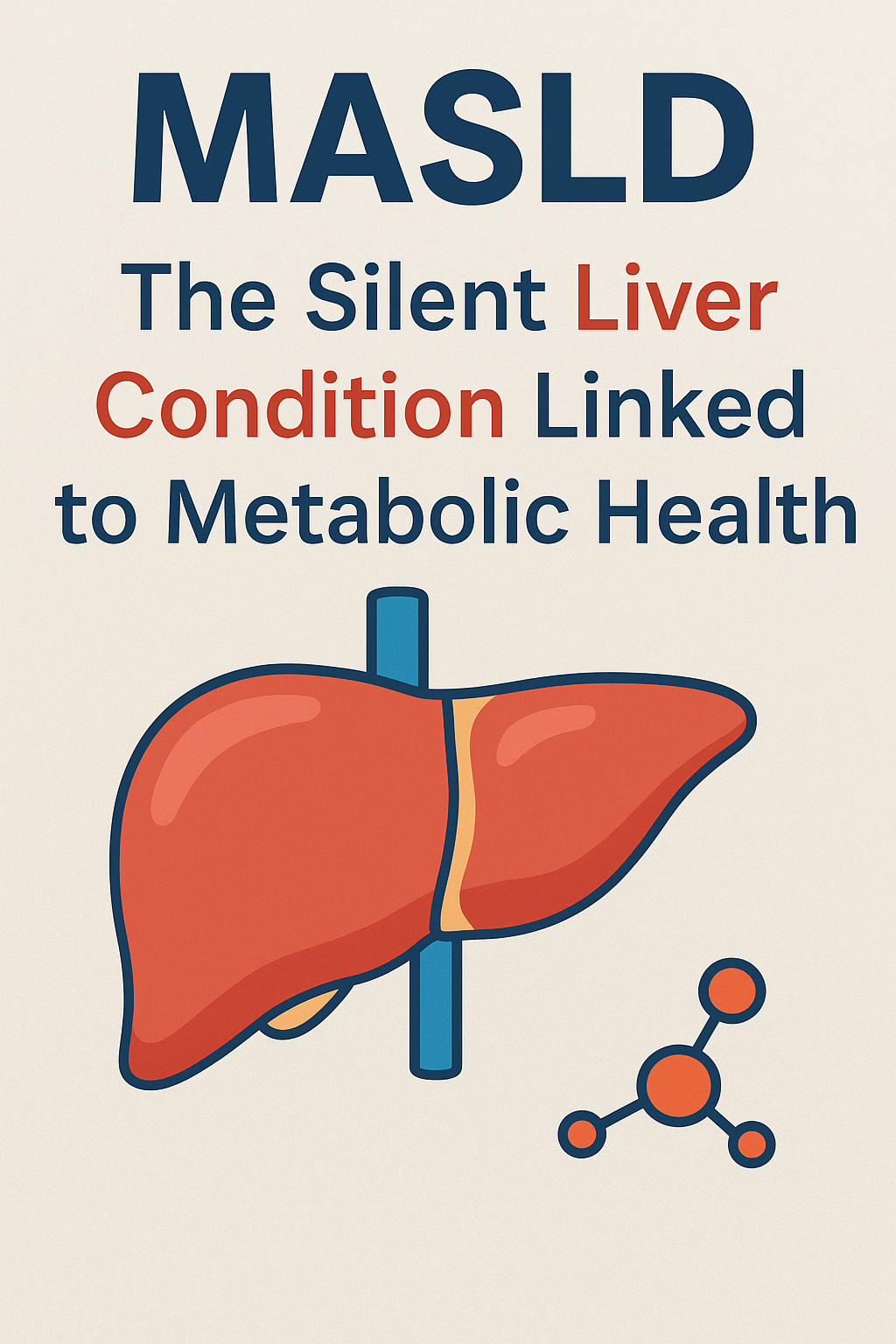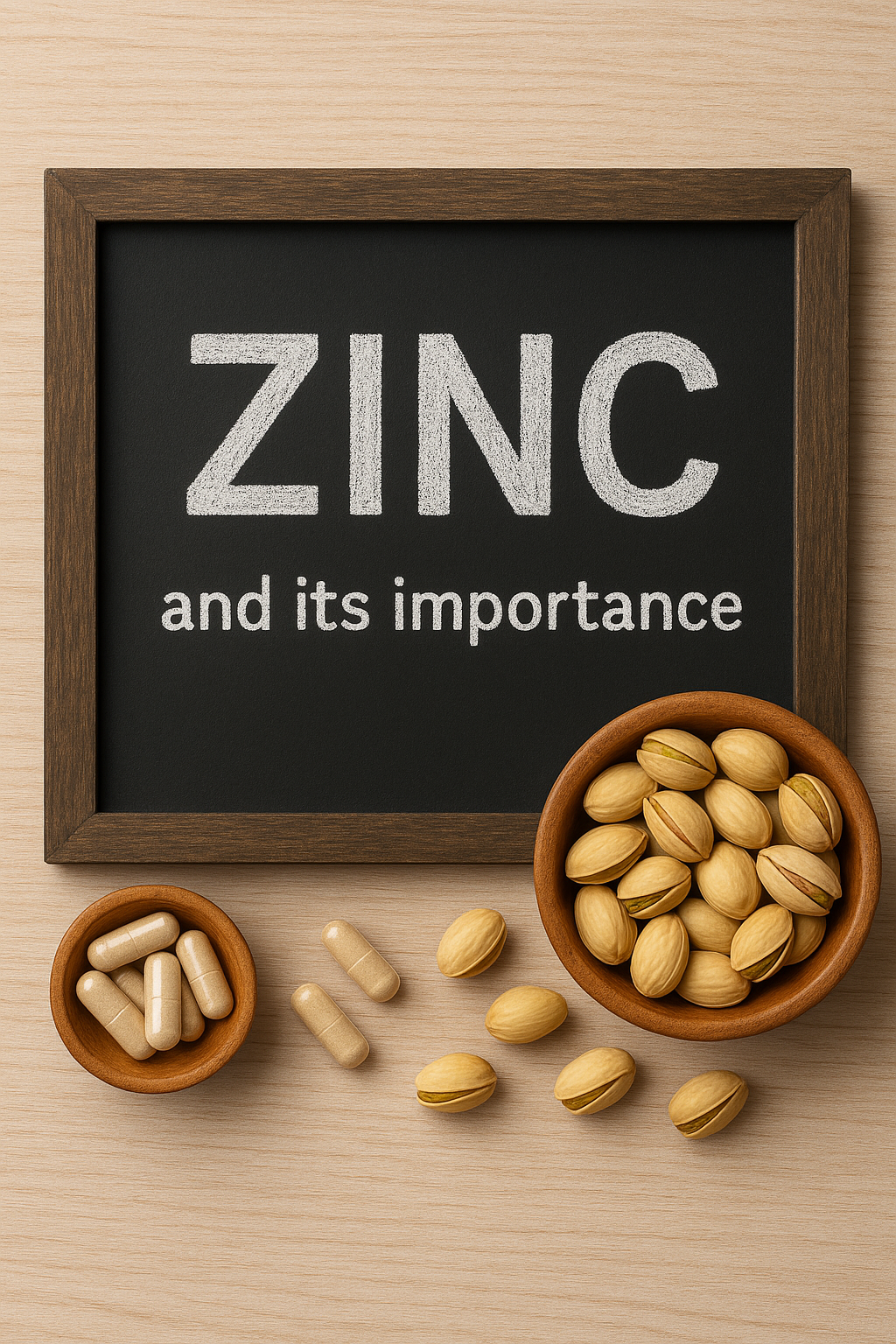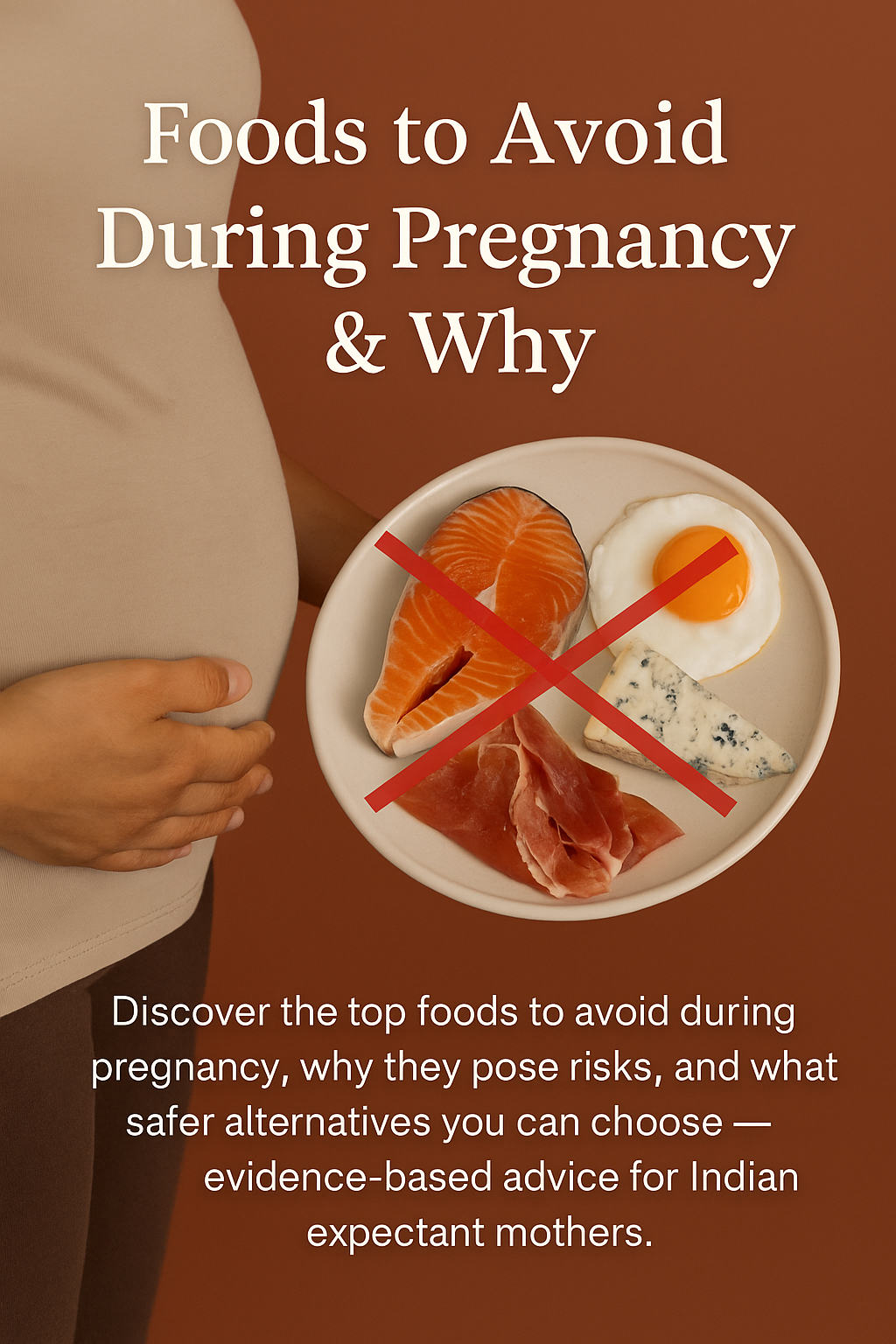🩺 Introduction
You’ve probably seen “low-GI” or “low-glycemic” labels on foods and wondered — what exactly does that mean?
If you’re living with diabetes or prediabetes, understanding the glycemic index (GI) and glycemic load (GL) can completely change how you manage blood sugar.
Let’s decode these terms — in simple, practical language — and learn how to choose foods that keep your glucose steady, energy high, and cravings low.
🔬 What Is the Glycemic Index (GI)?
The Glycemic Index ranks carbohydrate-containing foods based on how quickly they raise your blood sugar compared to pure glucose (which has a GI of 100).
| GI Value | Classification | Example Foods |
|---|---|---|
| Low (≤55) | Slow, gradual rise | Moong dal, apple, oats |
| Medium (56–69) | Moderate rise | Brown rice, sweet corn |
| High (≥70) | Rapid spike | White rice, bread, potatoes |
How it works:
A low-GI food breaks down slowly → glucose enters your bloodstream gradually → your body releases insulin steadily → blood sugar stays stable.
⚖️ What Is the Glycemic Load (GL)?
The Glycemic Load goes a step further — it considers both the quality (GI) and quantity (amount of carbs eaten).
Formula:
GL = (GI × amount of carbohydrate per serving) ÷ 100
It gives a more accurate picture of how a normal serving of food will affect your blood sugar.
| GL Value | Impact on Blood Sugar |
|---|---|
| Low (≤10) | Minimal |
| Medium (11–19) | Moderate |
| High (≥20) | Significant |
Example:
-
Watermelon has a high GI (~72) but very few carbs per serving (only ~6 g).
→ GL = (72 × 6)/100 = 4.3 (Low) -
White rice has a medium GI (~64) but lots of carbs per serving (~40 g).
→ GL = (64 × 40)/100 = 25.6 (High)
👉 So watermelon doesn’t spike sugar as much as rice does — despite its “high GI”!
🧠 The Key Difference:
| Glycemic Index (GI) | Glycemic Load (GL) | |
|---|---|---|
| Measures | Speed of sugar release | Total sugar impact per portion |
| Doesn’t consider | Portion size | — |
| Practical for | Comparing food types | Planning real meals |
| Best used for | Understanding carb quality | Managing carb quantity |
🥗 Why Both Matter for Diabetics
Managing diabetes isn’t about cutting all carbs — it’s about choosing the right kind and right amount.
GI helps you pick foods that cause fewer spikes.
GL helps you portion them wisely.
Together, they:
✅ Improve blood glucose control
✅ Reduce post-meal sugar surges
✅ Lower risk of insulin resistance
✅ Help in weight and appetite control
🍛 Indian Food Examples
| Food | GI | GL (Typical
Serving) |
Comment |
|---|---|---|---|
| White rice | 64 | 25 | High GL — eat in small quantity |
| Brown rice | 55 | 16 | Better alternative |
| Moong dal | 38 | 6 | Excellent choice |
| Chapati (whole wheat) | 62 | 12 | Moderate — pair with veggies |
| Idli | 70 | 18 | High GI — combine with protein (sambar, cottage cheese) |
| Apple | 38 | 6 | Great snack |
| Banana (ripe) | 51 | 13 | Moderate — eat with nuts or curd |
🧩 How to Lower the Glycemic Impact of Your Meals
-
Pair carbs with protein or fat
– e.g., rice + dal + curd reduces overall GI. -
Add fiber
– salads, chia seeds, or vegetables slow glucose absorption. -
Cook and cool starches
– cooling rice/potatoes increases resistant starch that lowers GI. -
Opt for intact grains
– millets, steel-cut oats, or brown rice digest slower than refined flour. -
Watch portion size
– a low-GI food eaten in excess can still spike sugar (GL effect!).
🌿 The Takeaway
👉 Glycemic Index = speed
👉 Glycemic Load = total impact
To manage diabetes smartly:
-
Focus on low-GI, low-GL foods like lentils, Greek yogurt, and millets.
-
Combine carbs with protein, fiber, and healthy fats.
-
Use GI and GL as guides, not rigid rules — individual response varies.
Eating balanced, whole, unprocessed foods is always the best long-term strategy for stable blood sugar and sustained energy.
📚 References
-
Harvard Health Publishing. Glycemic Index and Glycemic Load for 100+ Foods.
-
Joslin Diabetes Center. Managing Diabetes with Glycemic Load.

Akanksha Sharma
Dr. Akanksha Sharma, Head Writer and creator of AtoZ of Pregnancy, is dedicated to empowering women, parents, and families through 360-degree knowledge. She and her team provide evidence-based advice to guide families through pregnancy, parenting and beyond.






